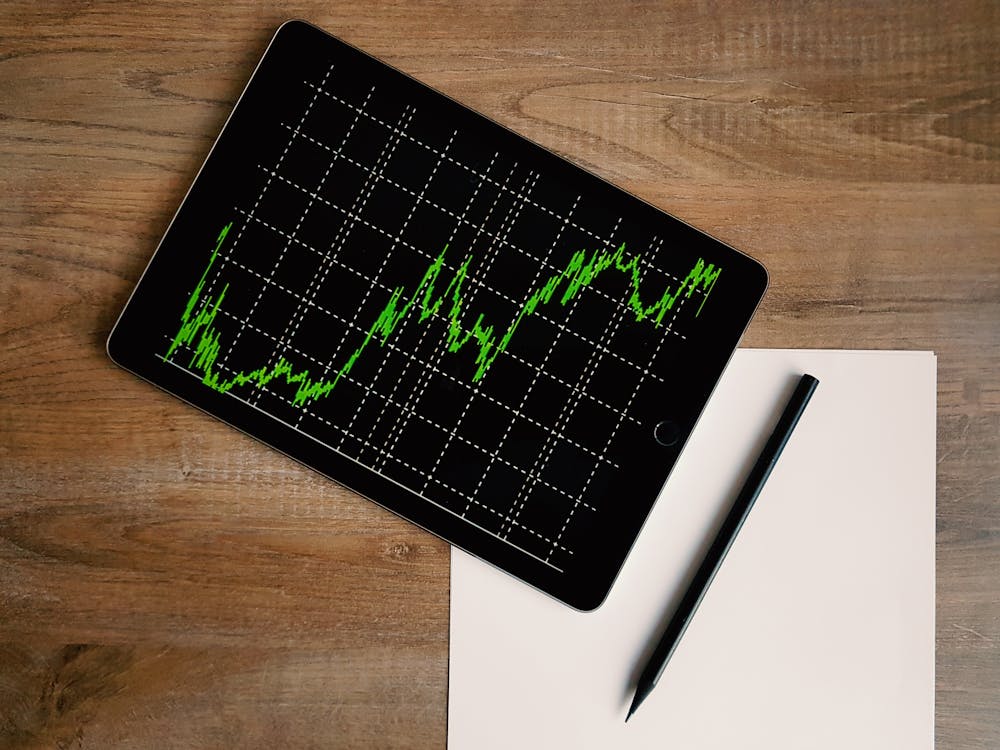Raw Cane Sugar: Bolstered By Fund Purchases And India’s Restrictions

Image Source: Pexels
Raw cane sugar futures on ICE hit a fresh 6.5-year high on Tuesday, April 11, as what turned to be subdued production in some key grower countries caused further supplies tightening. In Chicago, Sugar #11 Jul '23 grew 1.13% to 23.36 cents/lb. The soon-expiring May raw sugar, SBc1, however, settled 0.05 cents, or 0.2%, lower at 23.56 cents per lb having earlier hit 23.82 cents per lb – the highest mark since October 2016.
Chinese sugar futures prices soared to their highest level in 6 years, too. The price increase was due to the same factor, namely, lower production in Asia while international prices moved higher. Sugar futures on the Zhengzhou Commodity Exchange settled at 6,648 yuan ($966) a ton yesterday, up a robust 16% so far this year and the highest since April 2017.
According to data released by FAO on April 7, the sugar price index compiled by the United Nations’ Food and Agriculture Organization on average rose 127 points in March, up 1.5% on a monthly basis. It was the index's second straight month of gains and its highest level since October 2016.
At the beginning of this year, the forecast of supply and demand in the international sugar market was relatively loose.
Thus, India revised its estimate for the country's cane crush to 32.5 million tons from 36.5 million tons, while Thailand missed its 100 million tons target and China lowered its forecast to less than 9 million tons from 9.5 million tons. However, another major producer, Brazil, is still in the early stages of crush.
China's sugar self-sufficiency rate has been in the area below 70% for a long period. The country's production is limited in terms of acreage, output, cost and revenue, so there is little room for improvement in the economics and output of sugar companies. The gap between China's annual supply and demand remains at nearly 6 million tons, which needs to be filled by imports.
The bulls are now in control of the global sugar market, but the market remains largely event-driven, so following just fundamentals while disregarding “politics” would be an inherently loss-making tactics.
Summary
A lot of upward momentum in sugar is created by India (India is the world's second-largest sugar producer) – interestingly, it was also India that stood behind rice price fluctuations described in our yesterday’s market note. Fund buying certainly emboldened and amplified sugar futures movements over the past week on signs of even tighter global supplies after India's Food Secretary said India might not allow additional sugar exports this year due to lower-than-expected sugar production. India has also allowed only 6 MMT of sugar exports in 2022/23 after permitting 11.2 MMT in 2021/22, down -46% YoY. Also, it was the Indian Sugar Mills Association (ISMA) that reported India's October-March sugar production fell -3.3% YoY to 29.96 MMT.
More By This Author:
Rice: Subsidies Are Fair, But They Can’t Help Prices Recover
Coffee Prices Suddenly Boosted By Commodity Authorities’ Downbeat Forecasts
Cocoa: Mid-Harvest Misses And CCC’s Limits Make Growth Story More Apparent



